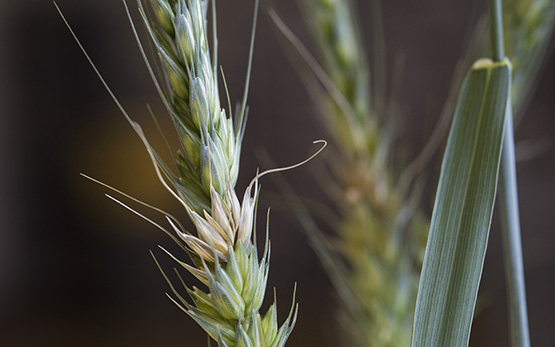
The breeding and the evaluation of varieties of cereals require an understanding of the resistance to fungal diseases and the accumulation of mycotoxins. This project groups all these activities in order to provide the data necessary for the creation of high performance varieties, which are both wholesome and well suited to the market needs. This information is also indispensable for the registration of the cereal varieties in the national catalogue.
Plants dispose of resistance mechanisms to protect themselves against disease. By exploiting this capacity, it is possible to radically reduce the use of phytosanitary products. In this project, we are evaluating the various resistances to the most significant diseases of cereals and soybeans in Switzerland during trials in the laboratory and in open fields. For this task, it is very important to fully understand the pathogenic agents. For this, we are studying the pathogen populations in Switzerland, in particular their virulence and their capacity to provoke epidemics.
Fungi belonging to the genus Fusarium are among the most formidable pathogens of the ears of cereals and maize. The infection by Fusarium spp. reduces the harvest and contaminates the grains with various types of mycotoxins. We evaluate the resistance of the varieties of wheat, triticale, barley and oat against the infection and in particular the accumulation of mycotoxins in the grains and other plant organs. For this purpose, we are studying the various types of resistances to better utilize them in the selection and in the assessment process for the national catalogue.
Selected publications





